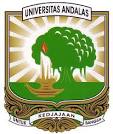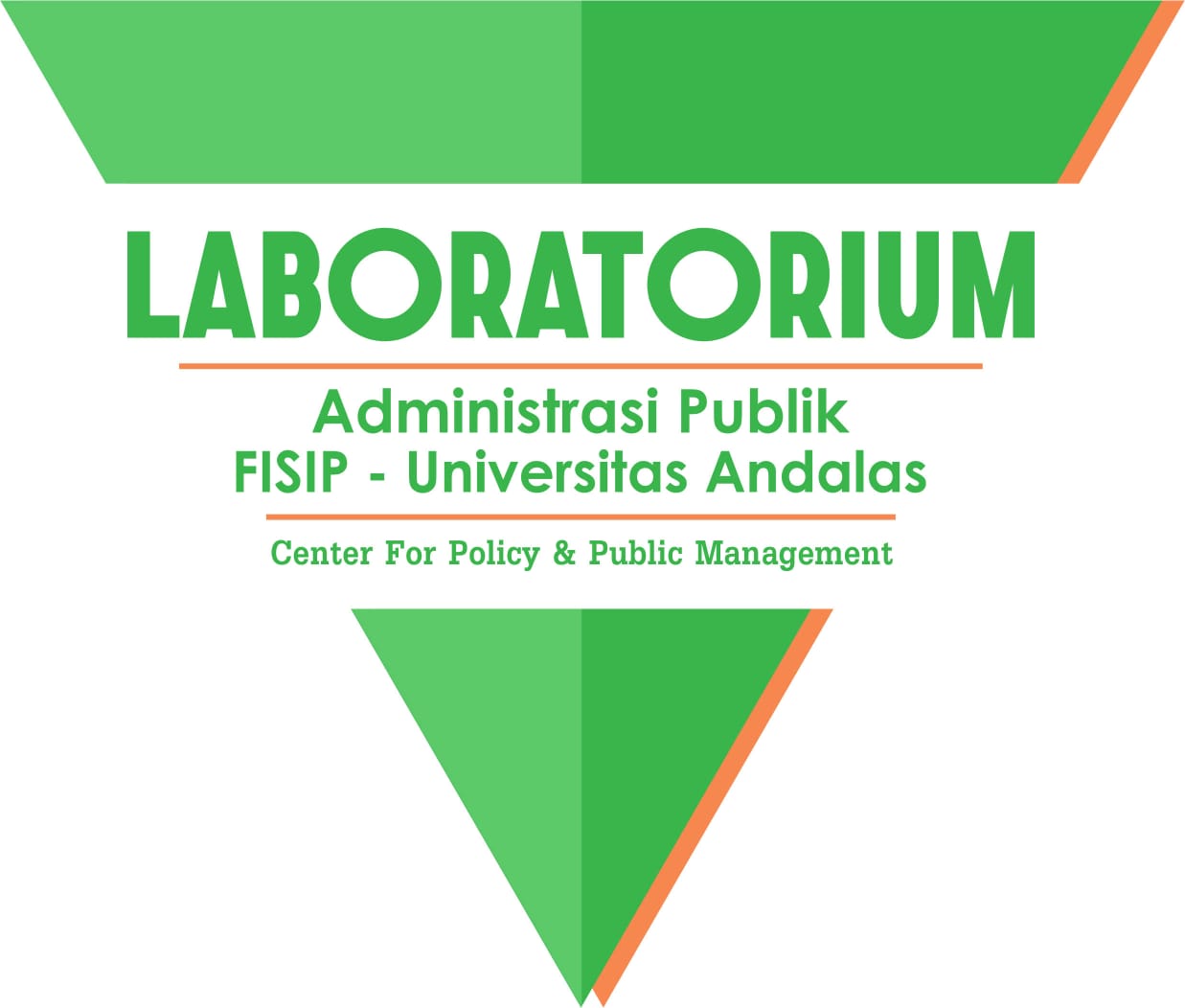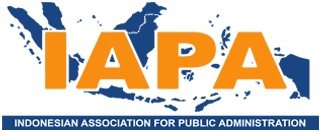Kapasitas Kelembagaan Dinas Pengendalian Penduduk, Keluarga Berencana, Pemberdayaan Perempuan Dan Perlindungan Anak Kota Tasikmalaya
Abstract
The main objective of this research is to know the institutional capacity of the Agency of Population Control, Family Planning, Women Empowerment, and Children Protection of Tasikmalaya Municipality. A very complex task must be supported by human resources that have a high competence in terms of planning, implementation of the plans, organizing, leadership, supervision or control of development and so on. So that it is needed a good institutional management. The research method that is used in the research is descriptive method with qualitative approach and gathering techniques of study of the literature and documentation. The result of the discussion of institutional capacity according to McKinsey is a tool used to analyse the internal aspects of the organization using the seven major elements that have a dependency with each other, meaning that the change of one element will affect the other elements. Such is the case with the institutional capacity of the Agency of Population Control, Family Planning and Women Empowerment, and Children Protection of Tasikmalaya Municipality has had the elements despite the fact yet as planned. But be aware that it is not only intended for the achievement of quality improvement on one element only, but rather intended for the whole elements, not a partial but holistic. In a very long period of time and continuously, institutional capacity requires adaptive activities to enhance the capacity of all stakeholders.
Downloads










